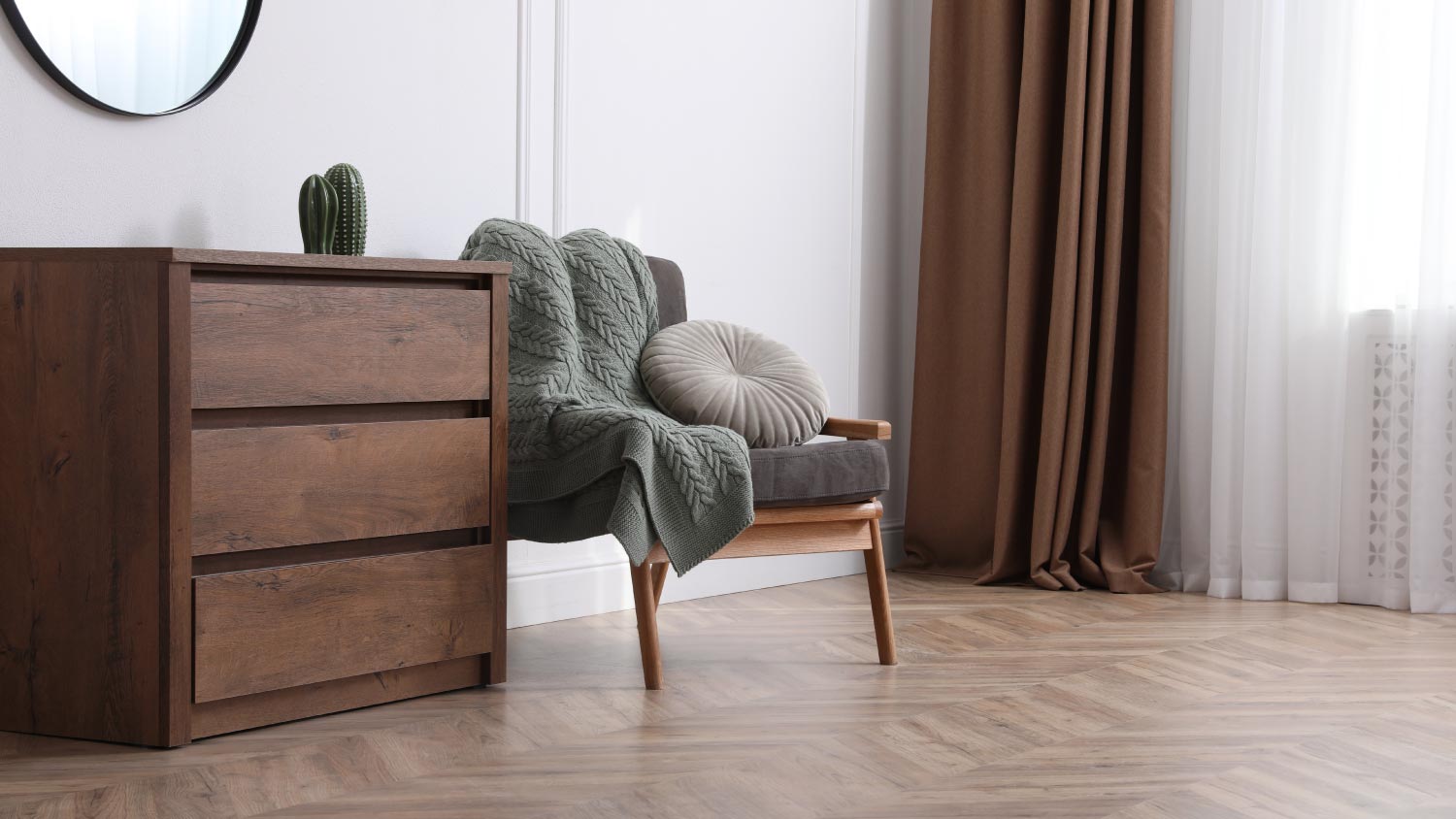
Discover stamped concrete wall cost estimates, including average prices, key cost factors, and tips to help you budget your project with confidence.
The cost to install tile floor is $1,900 on average, but it often ranges from $800 to $3,000, depending mostly on material costs and the project size. Labor also has a heavy impact, so hire a trusted pro for the job.
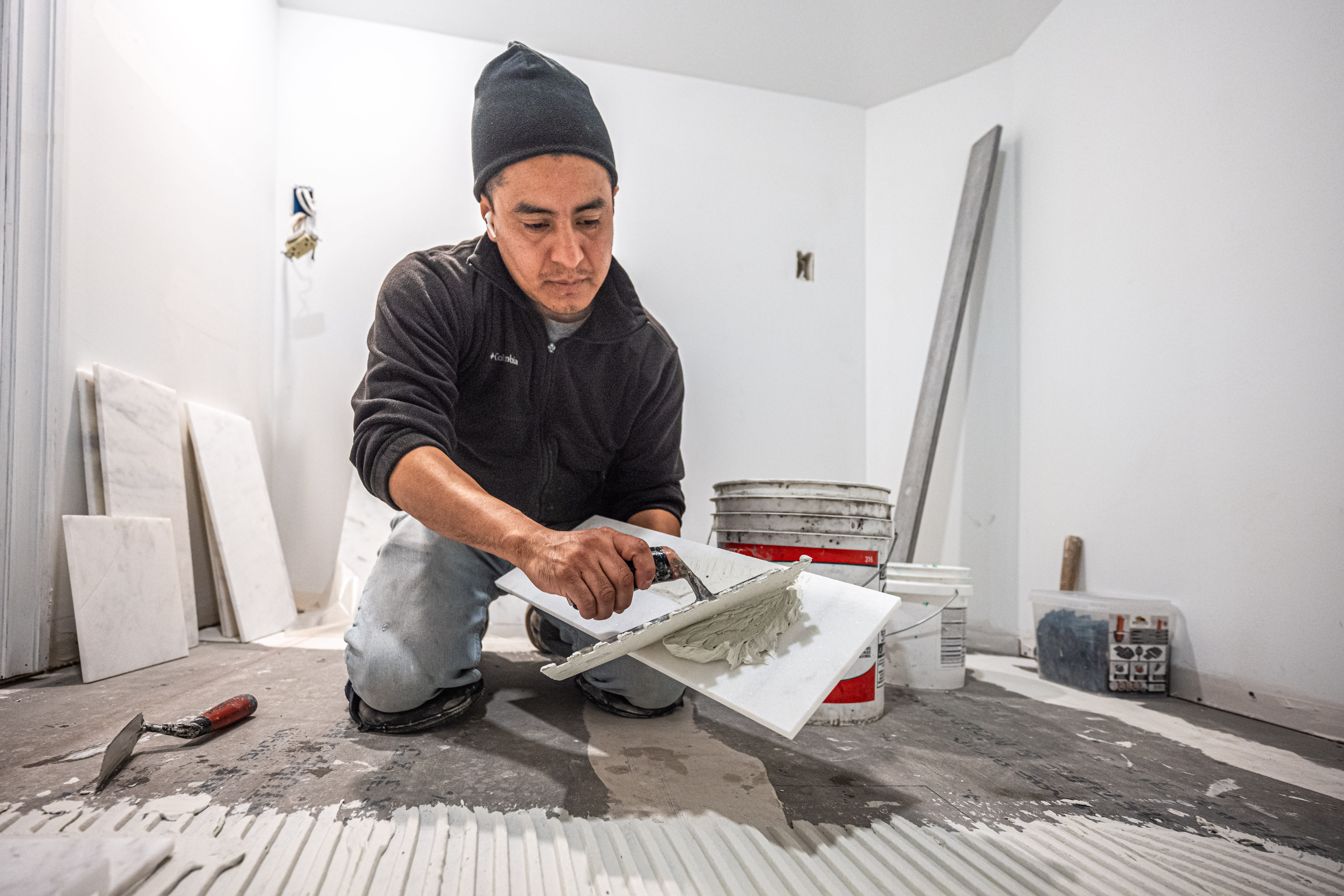

Labor for tile floor installation costs $3 to $15 per square foot.
Tiling floors outdoors is more costly than tiling them indoors.
Higher ratings indicate more durable tile, but tile with a higher rating costs more on average.
Tiling made of stone is on the higher end of the price range, but ceramic and vinyl are more budget-friendly.
The cost to install tile floors ranges between $15 and $20 per square foot. Overall, tile flooring costs could be anywhere from $400 to $6,000 for entire projects—but it averages $1,900. A handful of factors will help you determine what to budget for, including the size of your space, the type of tile you choose, and even where you plan to install it.

The cost of tile installation varies greatly because of the different factors that can impact the overall price. Find out more about these factors below and how they influence what you will pay.
There are a couple of reasons why project size has an impact on your final bill. Professional contractors typically charge by the hour, so the larger the tile installation, the more you’ll pay in the end. Additionally, larger projects also require more materials to complete than smaller ones, and it can cost anywhere between $0.50 and $35 for every extra square foot of tile.
| Room Size in Square Feet | Room Type | Average Material Cost | Average Total Cost |
|---|---|---|---|
| 20 | Half bath | $20–$240 | $300–$400 |
| 40 | Full bath | $40–$480 | $600–$800 |
| 70 | Luxury-sized bathroom | $70–$840+ | $1,050–$1,400 |
| 130 | Small kitchen | $130–$1,560 | $1,950–$2,600 |
| 160 | Medium kitchen | $160–$1,920 | $2,400–$3,200 |
| 200 | Large kitchen | $200–$2,400 | $3,000–$4,000 |
| 250 | Luxury-sized kitchen | $250–$3,000+ | $3,750–$5,000 |
Installing a tile floor costs $3 to $15 per square foot for labor, but some professional tile contractors charge an hourly rate between $30 and $120.
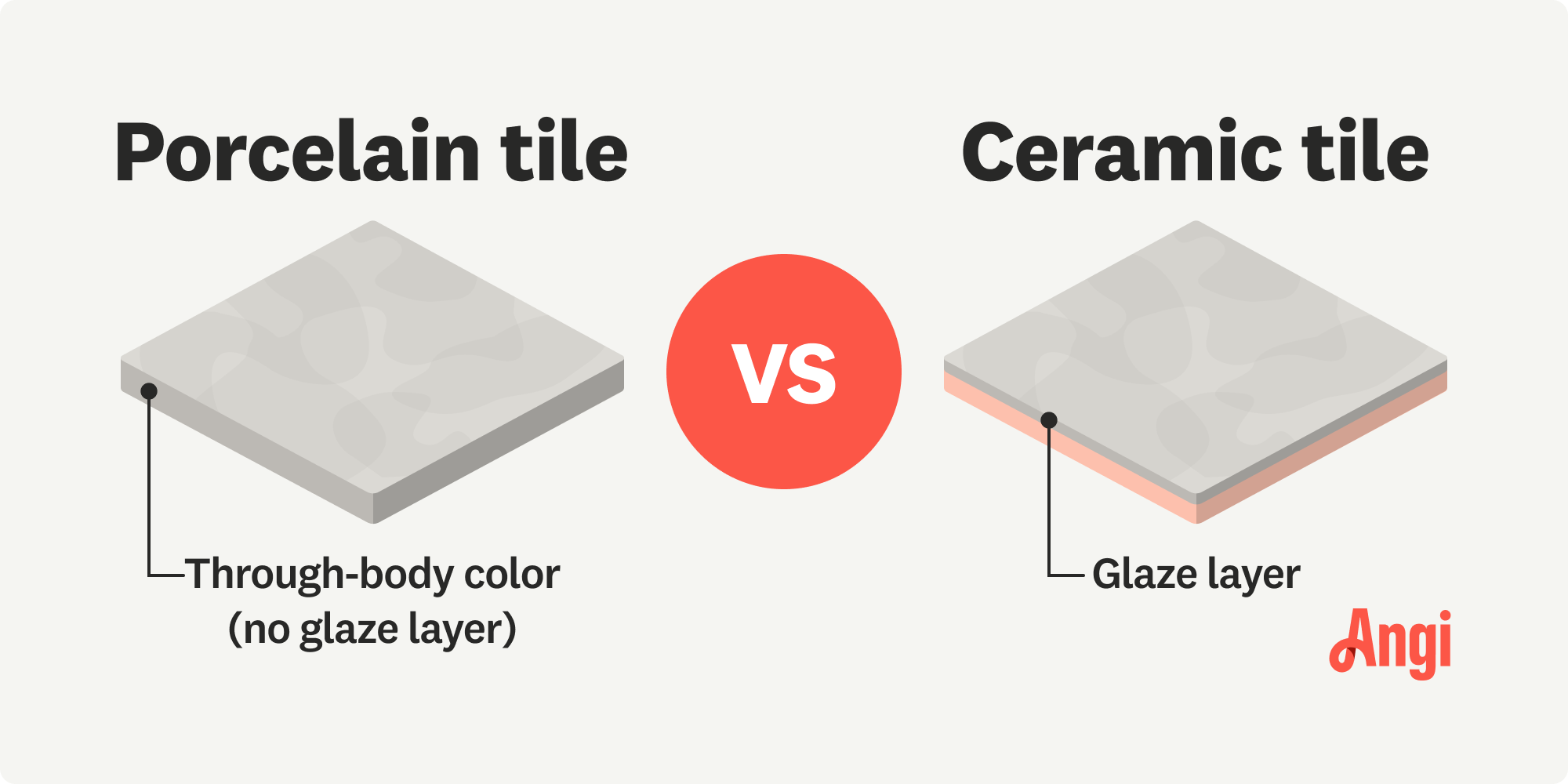
Though porcelain and ceramic tile are two of the most common types of tile flooring, many other options come at different price points. In general, porcelain and natural stone tiles are more expensive and extremely durable, while budget-friendly options like ceramic and vinyl tile are more susceptible to damage.
| Type of Tile Floor | Average Cost (Per Square Foot) |
|---|---|
| Ceramic | $0.50–$7 |
| Porcelain | $3–$10 |
| Vinyl | $1–$3 |
| Natural stone | $5–$35 |
| Marble | $5–$25 |
| Granite | $2–$40 |
| Slate | $10–$16 |
| Travertine | $3–$17 |
| Wood-look porcelain | $3–$12 |
| Cement | $10–$30 |
| Glass | $200–$300 |
Generally speaking, outdoor installation costs more than indoor. This is because you may need to purchase thicker pavers for exterior installations for walkways, patios, and pool areas. Also, outdoor installation may require more preparation like excavation or regrading of the ground.
For example, slate tile flooring costs are $10 to $16 per square foot for an indoor installation but can cost $9 to $40 per square foot for an outdoor installation.
Strength classifications range from I to V on the Porcelain Enamel Institute (PEI) scale. Lower-ranked options are weaker or more fragile than higher-ranked ones. If a tile ranks higher on the PEI scale, it’s often more expensive, but not always. The style, design, and manufacturer also impact the price.
Here are the five tile strength classifications and exactly what they mean.
Class I: Suitable only for walls
Class II: Ideal for walls and flooring in low-traffic areas
Class III: Good for countertops and moderate foot traffic
Class IV: Ideal for flooring in all parts of a home
Class V: Extra durable and long-lasting, great for high-traffic zones
Similarly, tiles also have a porosity rating that will tell you both how much you should expect to pay for certain types and how well they block out moisture. Here are the four different types of tile based on porosity.
| Porosity Rating | Best For | Not Suitable For | Average Cost |
|---|---|---|---|
| Non-vitreous | Spaces with limited moisture, such as a decorative inlay | Bathrooms, mudrooms, or exteriors | $1–$5 per square foot |
| Semi-vitreous | Rooms with some moisture, such as a laundry room or kitchen | Bathrooms, mudrooms, or exteriors | $4–$8 per square foot |
| Vitreous | Rooms with moisture, such as bathrooms and mudrooms | Exteriors in freezing climates | $4–$8 per square foot |
| Impervious | Rooms with high moisture or frost, such as bathrooms and exteriors | Budget-friendly applications | $5–$10 per square foot |
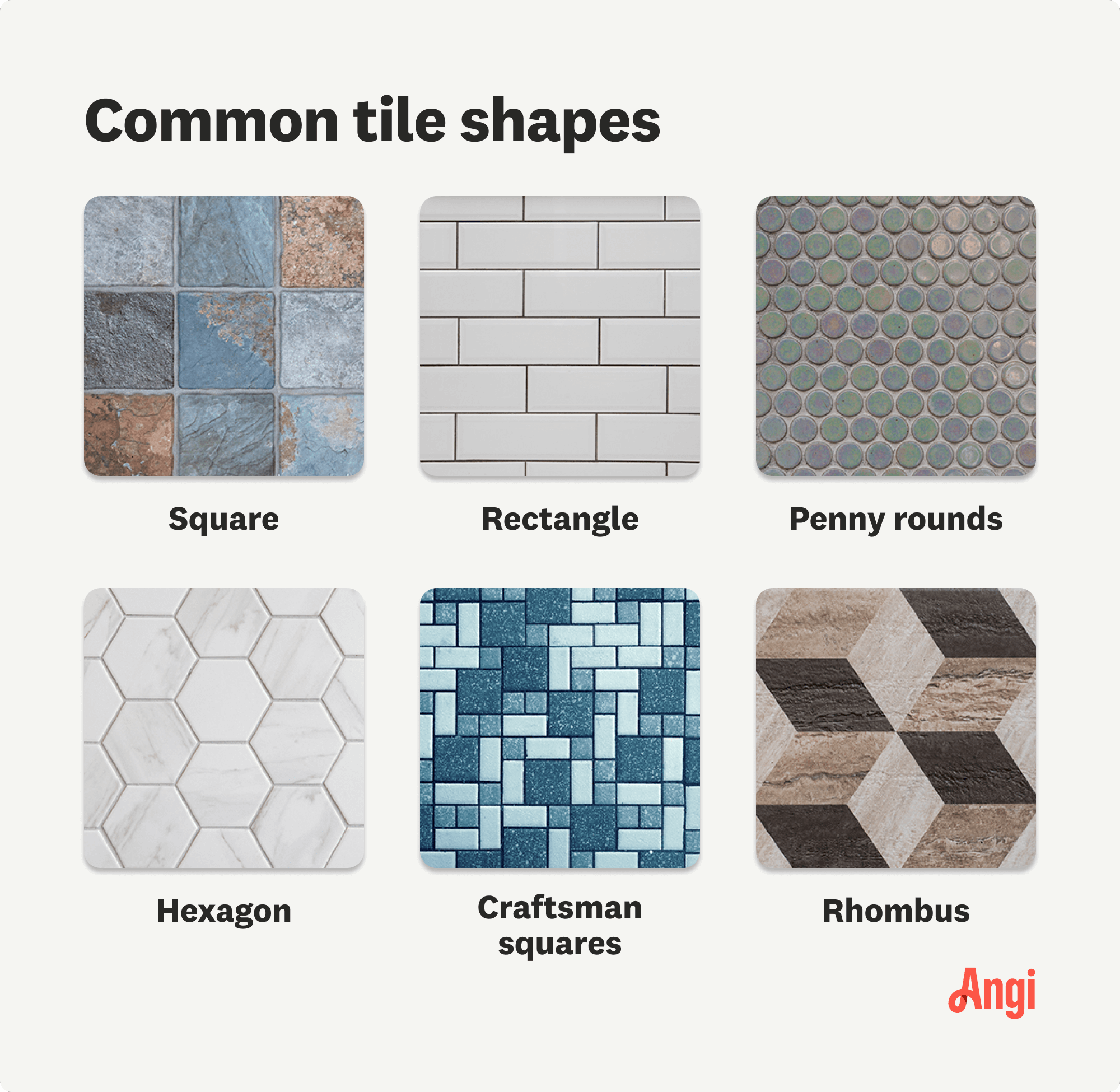
The tile size may play a part in your tiling project costs, especially if you decide to go with slabs. Slabs are considerably more costly in any material, but you may prefer their appearance over smaller-sized tiles.
For example, regular marble tiles are $5 to $25 per square foot, while marble slabs are $10 to $50 per square foot. Common floor tile sizes are 12 inches by 12 inches, 16 inches by 16 inches, and 12 inches by 24 inches. Common slab sizes are 24 by 24 inches and 24 by 48 inches, but they can be as large as 48 by 48 inches and 4 by 8 feet.
| Tile Size in Inches | Average Cost |
|---|---|
| 12 x 12 | $0.50–$25 |
| 16 x 16 | $2.50–$30 |
| 12 x 24 | $3.50–$50 |
| 24 x 24 | $4–$60 |
| 24 x 48 | $5–$70 |
| 48 x 48 | $7–$80 |
If you already have pre-existing tile floors, they need to be removed before you can begin your new installation. The cost to remove tile floors is about $5 per square foot. This includes tile removal and repairing any subfloor damage that may occur during removal.
Having a sturdy, uniform surface to work on is the secret to a successful tile floor installation. Sometimes subfloors aren’t in an ideal state for this kind of work and, in these cases, will need to be repaired, replaced, or resurfaced before new work can begin. The cost to repair or replace subfloor ranges from $40 to $65 per square foot. Resurfacing costs are an additional $3 to $10 per square foot on top of that.
In most cases, your flooring will likely need leveling before installers can move ahead with the tiling. A properly leveled floor is important for a seamless tile installation, so you don’t want to skip this part. Floor leveling costs $2 to $30 per square foot.
If a space is oddly shaped or exposed to uncommon elements—maybe next to a fireplace, for instance—it can cost more to install a tile floor there. Consult a tile contractor to find out how much more you’ll need to spend depending on the intricacy of your space.
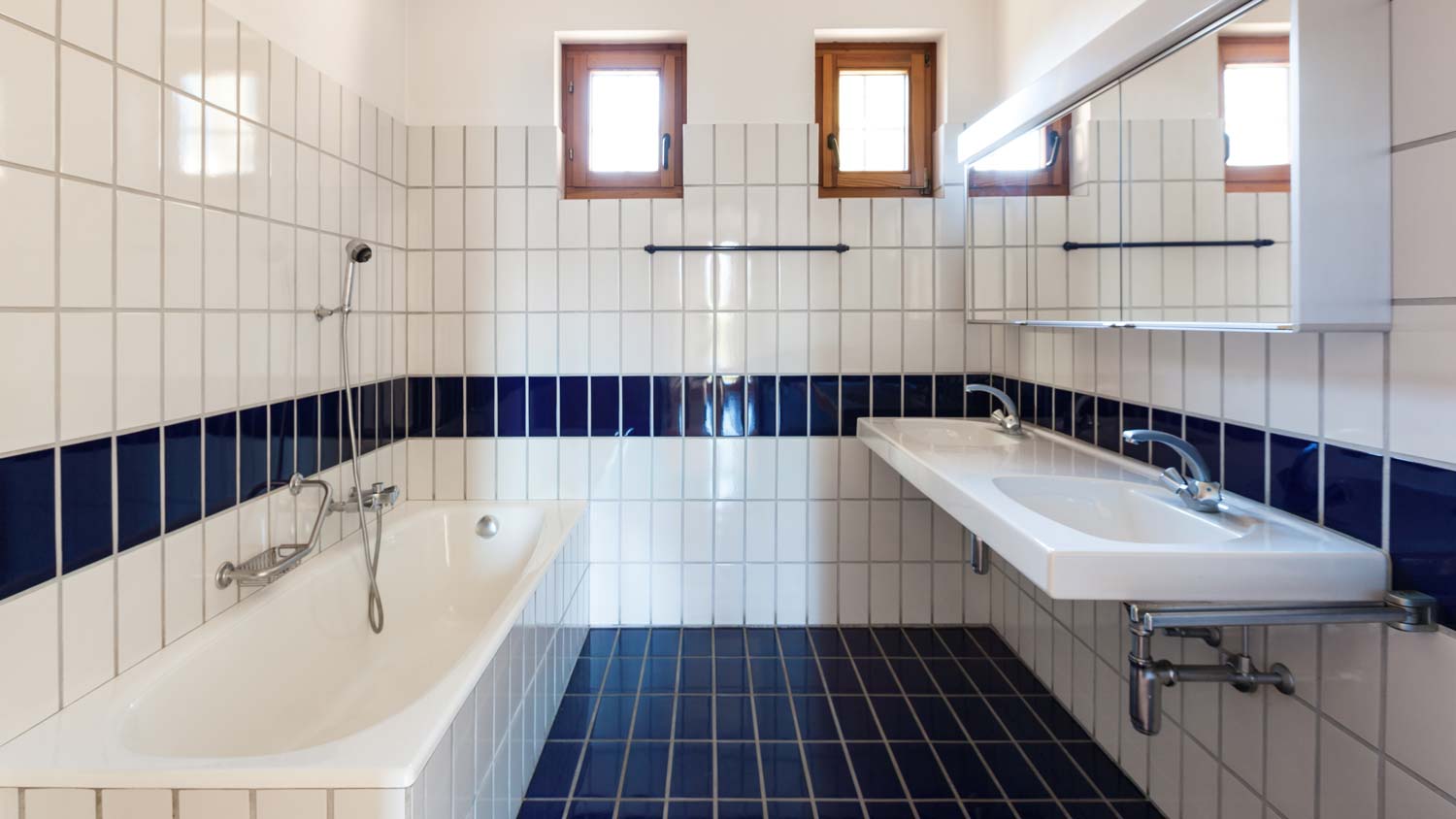
You can expect to pay between $9 and $50 per square foot by going the DIY route, as opposed to the $13 to $80 per square foot you might pay a pro.
However, tile installation requires investing in sometimes pricey and difficult-to-use tools, like a tile cutter. Plus you’ll need personal protective equipment to stay safe during the job. A pro has all of this on-hand already. Even if you do make all the necessary (and costly) purchases, there’s still no guarantee that you’ll be able to complete the project correctly or safely.
Hiring a local floor tile contractor can remove these worries from your mind so you can simply enjoy your new tile floors.

Now that you know a bit more about the costs involved in installing tile floors, here are a few tricks to help you stay within your budget.
Choose a budget-friendly material, such as vinyl or ceramic.
Opt for standard-sized tiles instead of custom.
Go with a simple floor pattern.
Test your tile on a small space first before buying more material.
Pick larger tiles to reduce labor costs.
Remove old flooring yourself.
Home is the most important place on earth, which is why Angi has helped more than 150 million homeowners transform their houses into homes they adore. To help homeowners with their next project, Angi provides readers with the most accurate cost data and upholds strict editorial standards. We extensively research project costs to develop the pricing data you see, so you can make the best decisions for you and your home. We rely on reputable sources, including the U.S. Bureau of Labor Statistics, academic journals, market studies, and interviews with industry experts—all to ensure our prices reflect real-world projects.
Want to help us improve our cost data? Send us a recent project quote to [email protected]. Quotes and personal information will not be shared publicly.
From average costs to expert advice, get all the answers you need to get your job done.

Discover stamped concrete wall cost estimates, including average prices, key cost factors, and tips to help you budget your project with confidence.
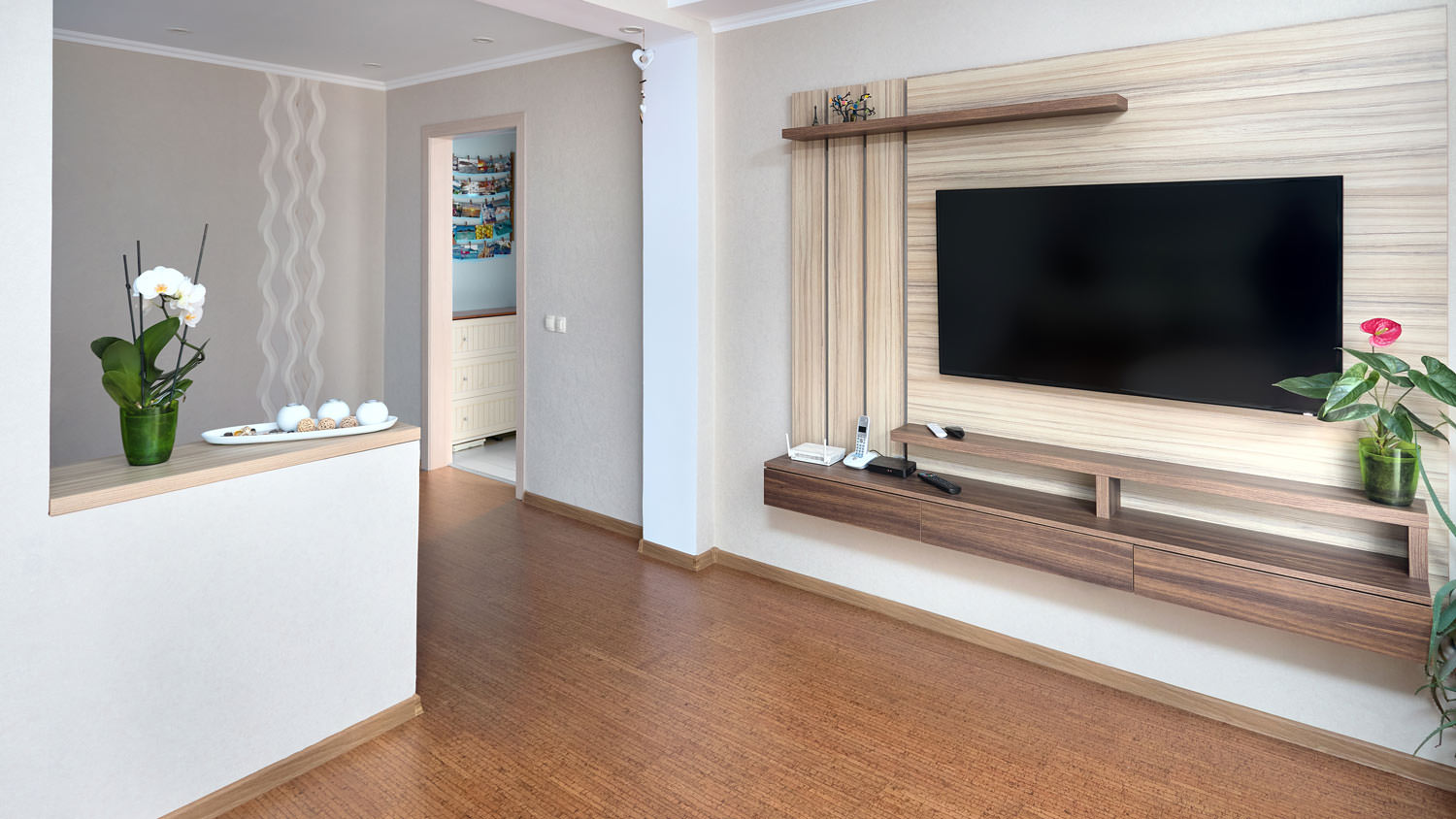
Updated flooring can make any room in your home feel brand new. Explore flooring installation costs in Charlotte, NC, from materials to labor costs.
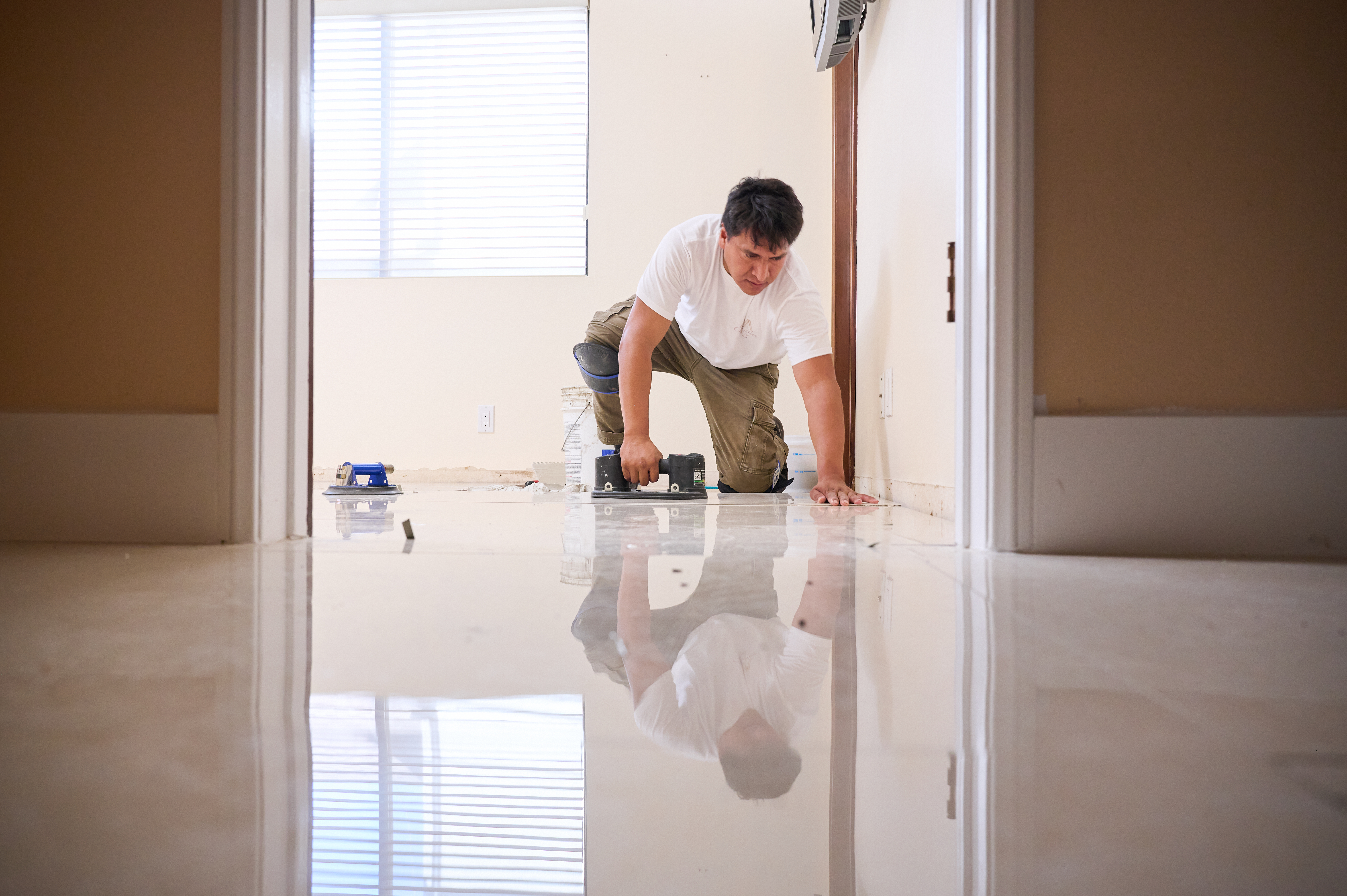
Laminate is a solid choice for many homes because it's durable and budget-friendly. Check out this guide to learn about laminate flooring installation costs.

Learn how to fix scratches in bamboo flooring with these simple DIY strategies and what to do to prevent them from returning.

If you’re dealing with warped or creaky floors, it could be a subfloor issue. This guide will show you how to replace a subfloor totally DIY.

Updated flooring can make any room in your home feel brand new. Explore flooring installation costs in Columbus, OH, from materials to labor costs.